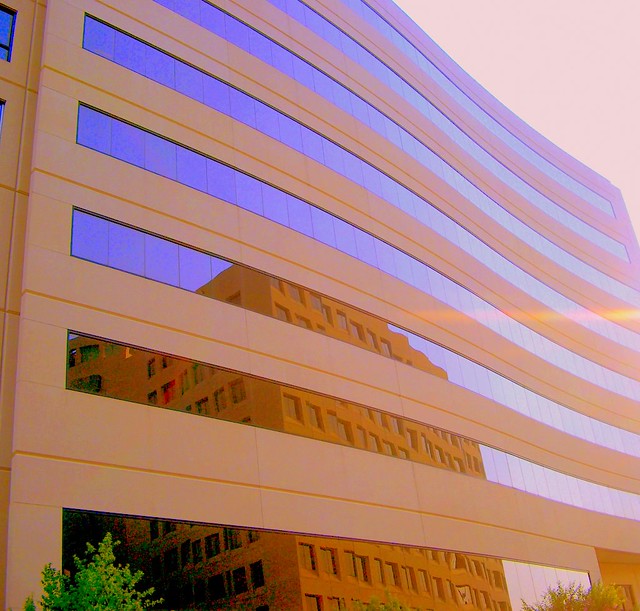Coatings that measure high reflectance values provide solutions for solar thermal management
Photo credit: Flickr user Nicki Varkevisser
The measurement of the color itself plays an important role in the consistency and quality of the product, and is expressed in terms of saturation, hue and brightness. Light reflectance, on the other hand, refers to the color and appearance of the product sample and uses the geometric principles associated with additional attributes such as gloss and / or gloss. The spectrophotometer used to measure these characteristics typically uses four basic geometries:
Scatter d / 8 ° spheres, including specular reflectivity
Scattered d / 8 ° spheres, except for specular reflectivity
Direction 45 ° / 0 ° (except mirror)
Direction 0 ° / 45 ° (excluding mirror)
Each of these measurement systems provides accurate and quantitative information for determining the matching of the light reflectance value and the sample color. Choosing the right instrument depends on the texture, consistency, and type of sample being tested. 3NH specializes in various spectrophotometers and colorimetric options for paints and coatings. We work with clients to match industry needs and technologies. For more information on which instruments are right for you, contact 3NH today.



